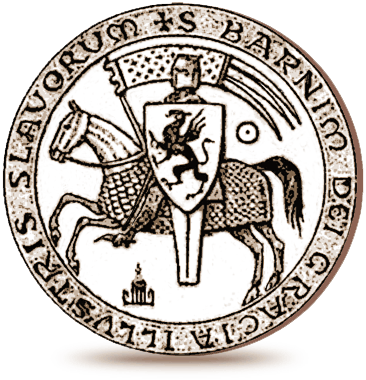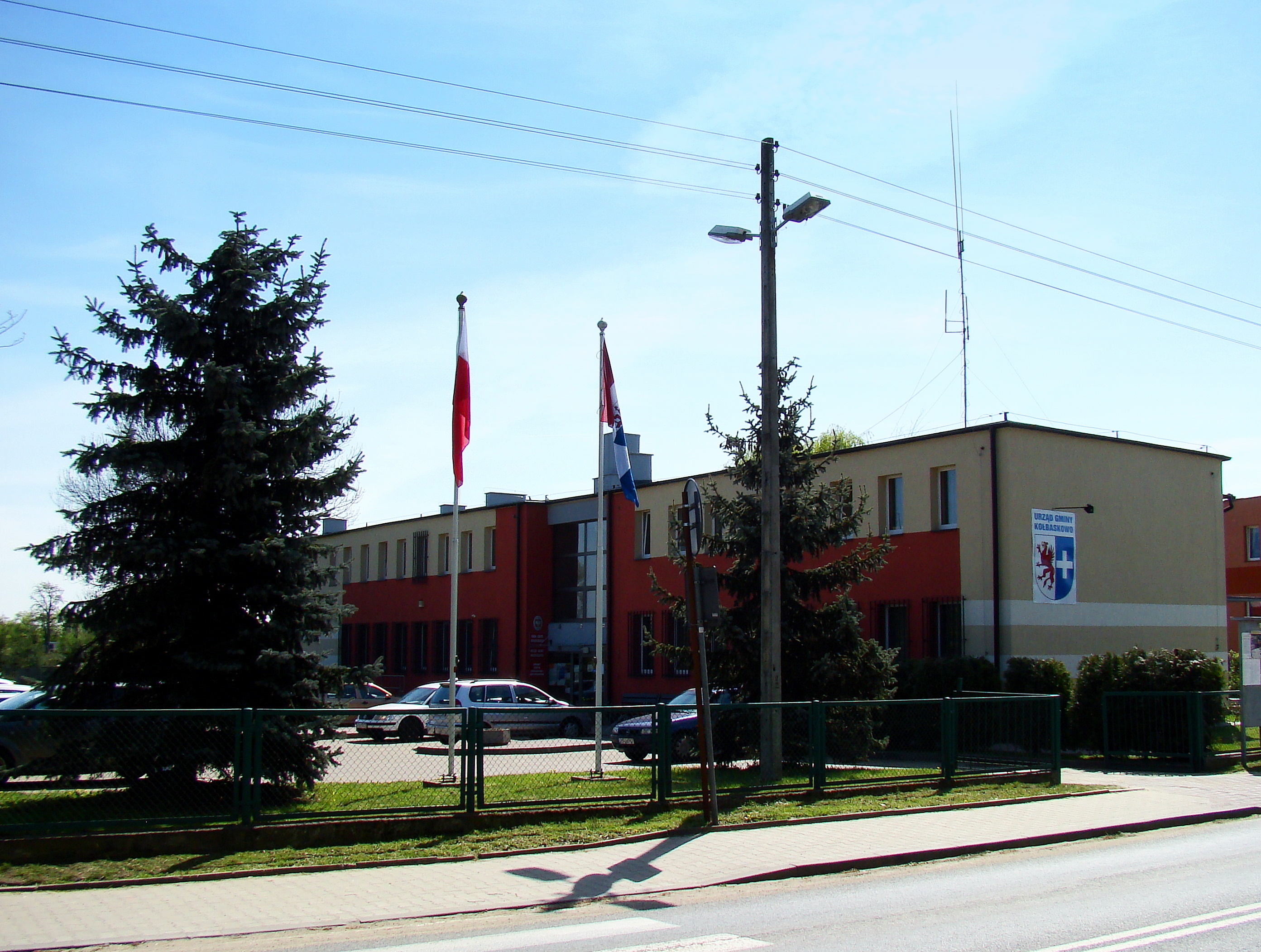|
Pomorzany, Szczecin
Pomorzany is a municipal neighbourhood of the city of Szczecin, Poland situated on the left bank of Oder river, south of the Szczecin Old Town. It borders Gumieńce to the west, Turzyn to the northwest, Nowe Miasto to the north, Międzyodrze-Wyspa Pucka to the east, and Gmina Kołbaskowo (Ustowo village) to the south. As of January 2011 it had a population of 21,957. Before 1945 it was called ''Pommerensdorf''. History The first traces of human activity in the area of today's Pomorzany date from the late Neolithic period. The stabilization of the settlement in this area occurred in the 8th century. The village (under the name of ''Pomerenstorp'') was first mentioned in 1253 in document of Barnim I, Duke of Pomerania. The northern part of Pomorzany (German: ''Pommerensdorfer Anlagen'') was incorporated into the city in 1864, while the southern part in 1939, during the creation of Groß-Stettin (lit. ''Great City of Stettin''), when neighbouring municipalities were amalgamat ... [...More Info...] [...Related Items...] OR: [Wikipedia] [Google] [Baidu] |
Voivodeships Of Poland
A voivodeship (; pl, województwo ; plural: ) is the highest-level administrative division of Poland, corresponding to a province in many other countries. The term has been in use since the 14th century and is commonly translated into English as "province". The Polish local government reforms adopted in 1998, which went into effect on 1 January 1999, created sixteen new voivodeships. These replaced the 49 former voivodeships that had existed from 1 July 1975, and bear a greater resemblance (in territory, but not in name) to the voivodeships that existed between 1950 and 1975. Today's voivodeships are mostly named after historical and geographical regions, while those prior to 1998 generally took their names from the cities on which they were centered. The new units range in area from under (Opole Voivodeship) to over (Masovian Voivodeship), and in population from nearly one million (Opole Voivodeship) to over five million (Masovian Voivodeship). Administrative authority at th ... [...More Info...] [...Related Items...] OR: [Wikipedia] [Google] [Baidu] |
Międzyodrze-Wyspa Pucka
Międzyodrze-Wyspa Pucka is a municipal neighbourhood of the city of Szczecin, Poland situated on the islands between the West Oder river and East Oder River (Regalica), south-east of the Szczecin Old Town, and west of Szczecin-Dąbie. As of January 2011 it had a population of 1,098. See also *Międzyodrze Międzyodrze is an area in Poland located in the Lower Odra Valley between two branches of the Oder River: West Oder and East Oder, a segment from the village Widuchowa to Iński Nurt channel. Międzyodrze area also includes islands located b ... References Neighbourhoods of Szczecin {{WestPomeranian-geo-stub ... [...More Info...] [...Related Items...] OR: [Wikipedia] [Google] [Baidu] |
Russians
, native_name_lang = ru , image = , caption = , population = , popplace = 118 million Russians in the Russian Federation (2002 ''Winkler Prins'' estimate) , region1 = , pop1 = approx. 7,500,000 (including Russian Jews and Russian Germans) , ref1 = , region2 = , pop2 = 7,170,000 (2018) ''including Crimea'' , ref2 = , region3 = , pop3 = 3,512,925 (2020) , ref3 = , region4 = , pop4 = 3,072,756 (2009)(including Russian Jews and Russian Germans) , ref4 = , region5 = , pop5 = 1,800,000 (2010)(Russian ancestry and Russian Germans and Jews) , ref5 = 35,000 (2018)(born in Russia) , region6 = , pop6 = 938,500 (2011)(including Russian Jews) , ref6 = , region7 = , pop7 = 809,530 (2019) , ref7 ... [...More Info...] [...Related Items...] OR: [Wikipedia] [Google] [Baidu] |
Yugoslavs
Yugoslavs or Yugoslavians ( Bosnian and Croatian: ''Jugoslaveni'', Serbian and Macedonian ''Jugosloveni''/Југословени; sl, Jugoslovani) is an identity that was originally designed to refer to a united South Slavic people. It has been used in two connotations, the first in a sense of common shared ethnic descent, i.e. panethnic or supraethnic connotation for ethnic South Slavs, and the second as a term for all citizens of former Yugoslavia regardless of ethnicity. Cultural and political advocates of Yugoslav identity have historically ascribed the identity to be applicable to all people of South Slav heritage, including those of modern Bosnia and Herzegovina, Croatia, Montenegro, North Macedonia, Serbia, and Slovenia. Although Bulgarians are a South Slavic group, attempts at uniting Bulgaria into Yugoslavia were unsuccessful, and therefore Bulgarians were not included in the panethnic identification. Since the dissolution of Yugoslavia and the establishment of So ... [...More Info...] [...Related Items...] OR: [Wikipedia] [Google] [Baidu] |
Polish People
Poles,, ; singular masculine: ''Polak'', singular feminine: ''Polka'' or Polish people, are a West Slavic nation and ethnic group, who share a common history, culture, the Polish language and are identified with the country of Poland in Central Europe. The preamble to the Constitution of the Republic of Poland defines the Polish nation as comprising all the citizens of Poland, regardless of heritage or ethnicity. The majority of Poles adhere to Roman Catholicism. The population of self-declared Poles in Poland is estimated at 37,394,000 out of an overall population of 38,512,000 (based on the 2011 census), of whom 36,522,000 declared Polish alone. A wide-ranging Polish diaspora (the '' Polonia'') exists throughout Europe, the Americas, and in Australasia. Today, the largest urban concentrations of Poles are within the Warsaw and Silesian metropolitan areas. Ethnic Poles are considered to be the descendants of the ancient West Slavic Lechites and other tribes that inhabite ... [...More Info...] [...Related Items...] OR: [Wikipedia] [Google] [Baidu] |
Arbeitslager
''Arbeitslager'' () is a German language word which means labor camp. Under Nazism, the German government (and its private-sector, Axis, and collaborator partners) used forced labor extensively, starting in the 1930s but most especially during World War II. Another term was ''Zwangsarbeitslager'' ("forced labor camp"). The Nazis operated several categories of ''Arbeitslager'' for different categories of inmates. The largest number of them held civilians forcibly abducted in the occupied countries (see Łapanka for Polish context) to provide labour in the German war industry, repair bombed railroads and bridges, or work on farms and in stone quarries. The Nazis also operated concentration camps, some of which provided free forced labor for industrial and other jobs while others existed purely for the extermination of their inmates. A notable example is Mittelbau-Dora labor camp complex that serviced the production of the V-2 rocket. See List of German concentration camps for ... [...More Info...] [...Related Items...] OR: [Wikipedia] [Google] [Baidu] |
World War II
World War II or the Second World War, often abbreviated as WWII or WW2, was a world war that lasted from 1939 to 1945. It involved the vast majority of the world's countries—including all of the great powers—forming two opposing military alliances: the Allies and the Axis powers. World War II was a total war that directly involved more than 100 million personnel from more than 30 countries. The major participants in the war threw their entire economic, industrial, and scientific capabilities behind the war effort, blurring the distinction between civilian and military resources. Aircraft played a major role in the conflict, enabling the strategic bombing of population centres and deploying the only two nuclear weapons ever used in war. World War II was by far the deadliest conflict in human history; it resulted in 70 to 85 million fatalities, mostly among civilians. Tens of millions died due to genocides (including the Holocaust), starvation, ma ... [...More Info...] [...Related Items...] OR: [Wikipedia] [Google] [Baidu] |
Barnim I, Duke Of Pomerania
Barnim I the Good ( – 13 November 1278) from the Griffin dynasty was a Duke of Pomerania (''ducis Slauorum et Cassubie'') from 1220 until his death. Life Son of Duke Bogislaw II and Miroslava of Pomerelia, he succeeded to the Duchy of Pomerania-Stettin upon his father's death in 1220; he had however to share the rule of Pomerania with his cousin Wartislaw III, who resided at Demmin. Because he was minor when his father died, until about 1226 his lands were under the regency of his mother Miroslawa from the Pomerelian Samborides dynasty. At first still a Danish fief, the Pomeranian lands fell back to the Holy Roman Empire after the victory of several North-German princes at the 1227 Battle of Bornhöved. Emperor Frederick II of Hohenstufen in 1231 put the Duchy of Pomerania under the suzerainty of the Ascanian margraves of Brandenburg, disregarding the tenure of the Griffin dynasty, and thereby fueling the long-term Brandenburg–Pomeranian conflict. After his cousin Wartisla ... [...More Info...] [...Related Items...] OR: [Wikipedia] [Google] [Baidu] |
Neolithic
The Neolithic period, or New Stone Age, is an Old World archaeological period and the final division of the Stone Age. It saw the Neolithic Revolution, a wide-ranging set of developments that appear to have arisen independently in several parts of the world. This "Neolithic package" included the introduction of farming, domestication of animals, and change from a hunter-gatherer lifestyle to one of settlement. It began about 12,000 years ago when farming appeared in the Epipalaeolithic Near East, and later in other parts of the world. The Neolithic lasted in the Near East until the transitional period of the Chalcolithic (Copper Age) from about 6,500 years ago (4500 BC), marked by the development of metallurgy, leading up to the Bronze Age and Iron Age. In other places the Neolithic followed the Mesolithic (Middle Stone Age) and then lasted until later. In Ancient Egypt, the Neolithic lasted until the Protodynastic period, 3150 BC.Karin Sowada and Peter Grave. Egypt in th ... [...More Info...] [...Related Items...] OR: [Wikipedia] [Google] [Baidu] |
Ustowo
{{Police-geo-stub ...
Ustowo (german: Güstow) is a village in the administrative district of Gmina Kołbaskowo, within Police County, West Pomeranian Voivodeship, in north-western Poland, close to the German border. It lies approximately south of Police and south-west of the regional capital Szczecin. References Ustowo Ustowo (german: Güstow) is a village in the administrative district of Gmina Kołbaskowo, within Police County, West Pomeranian Voivodeship, in north-western Poland, close to the German border. It lies approximately south of Police and south ... [...More Info...] [...Related Items...] OR: [Wikipedia] [Google] [Baidu] |
Gmina Kołbaskowo
__NOTOC__ Gmina Kołbaskowo is a rural gmina (administrative district) in Police County, West Pomeranian Voivodeship, in north-western Poland, on the German border. Its seat is the village of Kołbaskowo, which lies approximately south of Police and south-west of the regional capital Szczecin. The gmina covers an area of , and as of 2006 its total population is 8,835. The gmina contains part of the protected area called Lower Odra Valley Landscape Park. Villages Gmina Kołbaskowo contains the villages and settlements of Barnisław, Będargowo, Bobolin, Kamieniec, Kamionki, Karwowo, Kołbaskowo, Kurów, Moczyły, Ostoja, Pargowo, Przecław, Przylep, Rajkowo, Rosówek, Siadło Dolne, Siadło Górne, Smętowice, Smolęcin, Stobno, Ustowo, Warnik and Warzymice. Neighbouring gminas Gmina Kołbaskowo is bordered by the city of Szczecin and by the gminas of Dobra and Gryfino. It also borders Germany Germany,, officially the Federal Republic of Germany, is ... [...More Info...] [...Related Items...] OR: [Wikipedia] [Google] [Baidu] |
Nowe Miasto, Szczecin
Nowe Miasto (lit. 'New Town') is a municipal neighbourhood of the city of Szczecin, Poland, situated on the left bank of Oder river, in Śródmieście (Centre) District. It borders Turzyn to the west, Śródmieście-Zachód, Centrum and Stare Miasto to the north, Międzyodrze-Wyspa Pucka Międzyodrze-Wyspa Pucka is a municipal neighbourhood of the city of Szczecin, Poland situated on the islands between the West Oder River, West Oder river and East Oder River (Regalica), south-east of the Szczecin-Stare Miasto, Szczecin Old Town, ... to the east, and Pomorzany to the south. As of January 2011 it had a population of 8092. References Nowe Miasto {{WestPomeranian-geo-stub ... [...More Info...] [...Related Items...] OR: [Wikipedia] [Google] [Baidu] |





